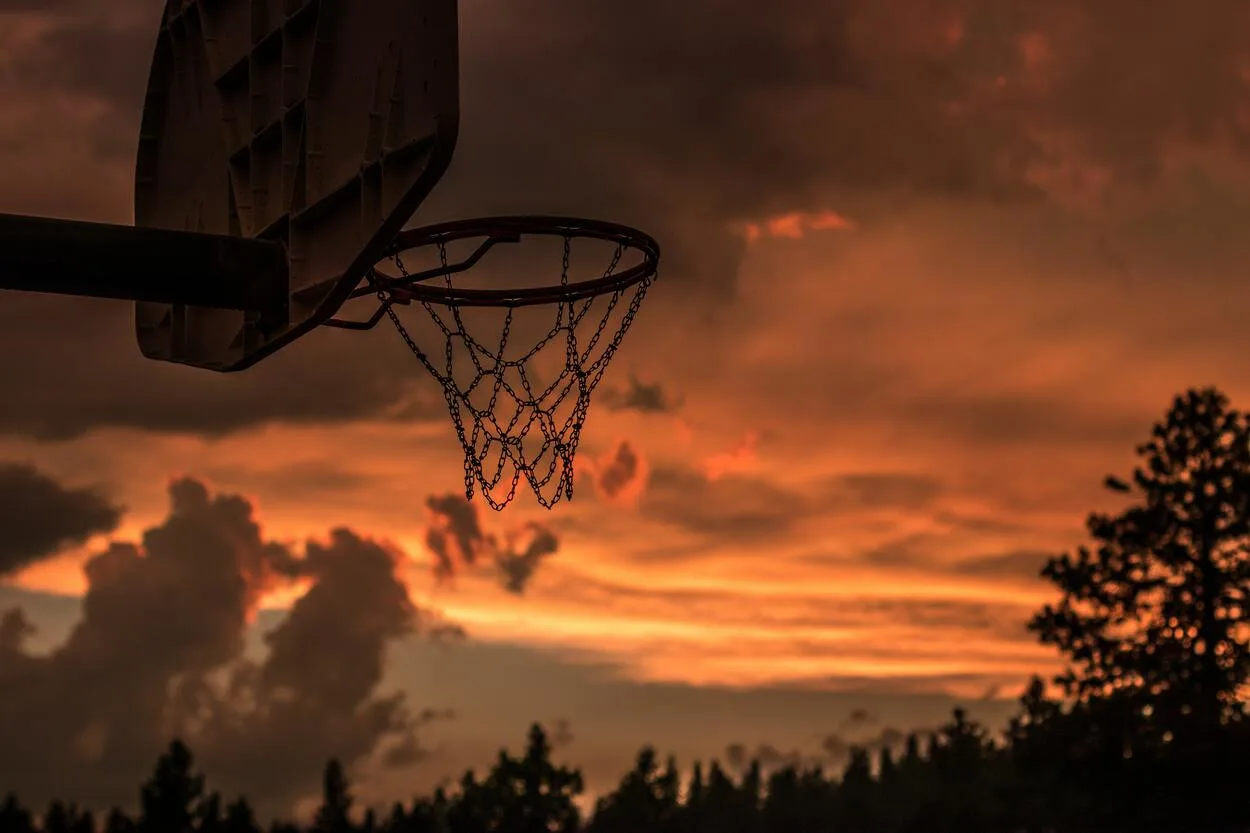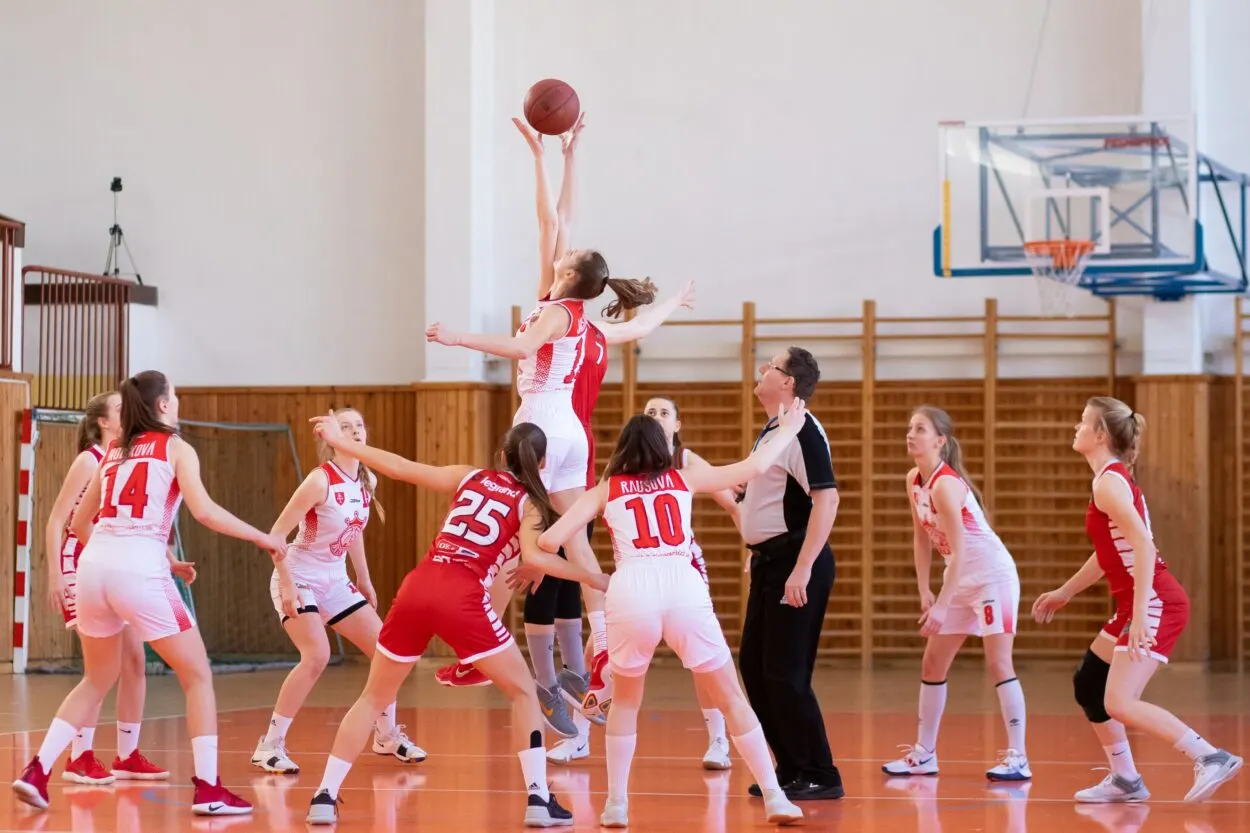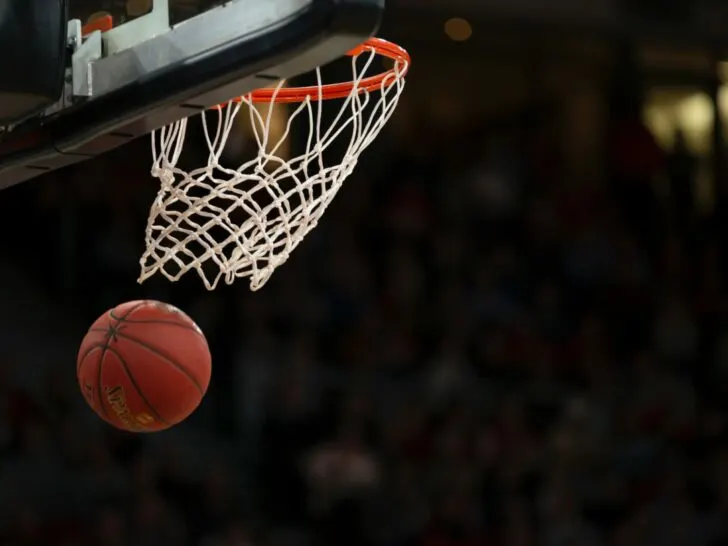One of the most popular sports in the world is basketball. Play moves along quickly and with much excitement. The responsibilities of each player are only loosely defined, and every player on the court gets to play both offense and defense.
Learning it can be pretty simple. There are various easy drills and mini-games for both amateur and professional basketball players, and the regulations are pretty straightforward.
By reference to the number of fouls assessed against a particular player, a player foul is any foul, but commonly personal and egregious fouls. Any foul that is counted against a specific team is referred to as a team foul.
Compared to other sports, it is the most accessible. It can be practiced in a variety of locations, including the street, a schoolyard, indoors, out, and more.
Basketball is played everywhere in the United States, from playgrounds at elementary schools to college and pro leagues. In terms of popularity, basketball is actually only second behind football.
Keep reading to know more about fouls and rules of basketball, alongside its long-standing history and more.
What Is Basketball?
In the game of basketball, two teams of five players each attempt to outscore the other by putting the ball into the hoop according to set regulations.
The team with the highest number of points at the end of the game wins; points are gained by passing the ball through the basket from above.
Regular jump shots inside the arch are for two points, jump shots made outside the arch are worth three points, and free throws are worth one point.
On the court, the ball can be moved by bouncing (dribbling) or being passed between teammates. There are limitations on how the ball may be handled, and disruptive physical contact or fouls are prohibited.
Basketball has evolved over time to include standard shooting, passing, and dribbling methods as well as player positions, and offensive, and defensive systems.
History Of Basketball
Early supporters of basketball were dispersed to YMCAs across the country, and it swiftly grew throughout both the USA and Canada.
It had a solid reputation at various women’s universities by 1896. Although the YMCA was the first one responsible for popularizing the sport; within a decade, it began to oppose the new activity as aggressive play and rowdy crowds started to interfere with the YMCA’s main goal.
At first, a soccer ball was used to play basketball and the original basketballs made for basketball were brown. However, Tony Hinkle introduced the orange ball which is now the standard ball used until the late 1950s while he was on the lookout for a ball that would be more prominently visible to both players and viewers.
The only ball games that have been attributed to North Americans are lacrosse, basketball, netball, and volleyball. Baseball and Canadian football are two examples of sports with connections to the Commonwealth of Nations, Europe, Asia, and Africa.
Rules Of Playing Basketball
There are two teams of five members and each player attempts to put the ball through a 10-foot hoop off the ground to score in the game.
It utilizes a rectangular court with hoops at each end; the mid-court line divides the court into two primary halves.
The offensive team has ten seconds to move the ball across the mid-court line if it places the ball in play behind the line.
If not, the defense is in possession of the ball. The offensive team can no longer control the ball in the space behind the midcourt line once it crosses the midcourt line. If it does, the ball goes to the defense.
Passing or dribbling is used to advance the ball down the court toward the basket. The offensive team is the one holding the ball. The defense is the team that doesn’t have the ball.
The defense makes an effort to intercept passes, block shots, challenge shots, and deflect balls.
Fouls And Violations
A team can obtain the ball in other ways except by taking it from an opponent’s player.
One way is if the opposing side makes a mistake or violates the rules.
Any unlawful physical contact is a personal foul, which can be given on the occurrence of:
- Hitting
- Pushing
- Slapping
- Holding
If a player is fouled while shooting, he will receive two free throws if his shot misses the basket but just one free throw if it makes it.
Some other fouls in basketball are mentioned as follows:
| Types of Fouls | Description |
| Charging | When a player shoves or runs over a defensive player, it is considered a violation. |
| Blocking | It is more concerned with the manners of the game than it is with player contact or the ball. |
| Flagrant | An encounter with a rival. Punching, kicking, and hitting are all included in this. |
| Intentional | When a player bumps into another player without making any attempt to take the ball. |
| Technical | It is more concerned with the’manners’ of the game than it is with player contact or the ball. |
What Is A Personal Foul?

The most frequent foul in basketball is what its name implies: a common personal foul.
A defensive player commits a personal foul when he trips, pushes, or blocks an offensive player. Depending on where the ball was shot, a player who gets fouled while shooting will either receive two or three free throws.
A player who is playing offensively commits an offensive foul. Illegal screens and charging fouls are the two most prevalent types of offensive fouls.
When a screen-setter moves before his screen is established and makes early contact with a defender, the screen is considered illegal.
The ball is deemed “loose” when neither team is in control of it. When there is unsportsmanlike contact while the players compete for control, a loose ball foul is declared.
Flagrant offense: type 1 or type 2 flagrant fouls are also possible. While penalty 2 is excessive and unneeded, egregious foul penalty 1 is defined as excessive contact.
What Is A Team Foul?

The total number of fouls committed by all of the players together in one quarter is known as a team foul.
The NBA allows teams to commit a maximum of five fouls before entering the “bonus,” which results in the opponent’s team receiving free throws for each additional foul.
The NCAA has a somewhat modified free-throw policy for teams who exceed the cap. This is frequently described as “one and one.”
In a “one and one” scenario, the player who was fouled may only try a second free shot if the first one is successful. If he shoots wide, the ball is deemed loose and is available for rebounding by either team.
If the other team commits 10 team fouls, teams are only entitled to two automatic free throws. The maximum number of team fouls for a “one and one” circumstance is seven.
Difference Between A Team Foul And A Personal Foul In Basketball
Sports often involve fouls, but basketball especially. Generally speaking, a foul is taken more seriously than a simple infraction.
As a result, there are several terminologies used to describe fouls. There are two types of fouls: team fouls and personal fouls.
In the NBA, each player can commit up to 6 personal fouls before being ejected from the contest. Personal fouls are defined as fouls committed by an individual player.
While there is no cap on the total number of team fouls, at a certain point, teams are subject to a penalty known as a bonus; a team foul is the total of all fouls committed by the players on a team.
While team fouls are counted once for each quarter and then reset, personal fouls are kept track of throughout the whole game.
These are frequently non-physical contact breaches and are more rule-oriented, and less open to the referee’s opinion.
The most frequent infractions, which typically give the other side possession of the ball, are traveling and time violations.
Other Kinds Of Fouls In Basketball
Technical Foul

Any foul involving unsportsmanlike conduct, including infractions committed by players or coaches sitting on the bench, is considered a technical foul.
Excessive timeouts, game delays, an excessive number of players, unauthorized usage of the basket ring, behavior that is harmful to the game, fighting, and other conduct are examples of technical fouls.
Technical fouls are among the most controversial fouls in basketball, despite the fact that they are required. This is especially true considering that officials are free to call them whenever they see fit.
Flagrant Foul

A Flagrant 1 foul, as defined in the NBA’s official rule book, is committed “if contact committed against a player, with or without the ball, is interpreted to be unnecessary.”
Following the foul, the opposing side receives two free throws and possession of the ball.
It is known as a flagrant foul “if contact committed against a player, with or without the ball, is interpreted to be excessive and unnecessary.”
The distinction between a Flagrant 1 and a Flagrant 2 is solely based on the officials’ subjective judgment, with the word “excessive” being the only difference in the definitions of the two infractions.
Conclusion
- Basketball involves a lot of fouls. They are typically characterized as violations resulting from impermissible touches between a player and an opponent. There are individual fouls and team fouls in basketball.
- When a player is then tripped, held on, or hackled, a foul is declared. They are referred to as personal fouls. In international, high school, and collegiate events, the personal foul cap is five, but it is six in professional basketball. A player has “fouled out” or been eliminated from the game after exceeding that limit.
- Any personal foul committed by a member of that team—with the exception of offensive personal fouls—counts as a team foul. In other words, Player 1 might have three personal fouls, whereas Player 2 might have four, one of which is an offensive personal foul. There would be six team fouls.

